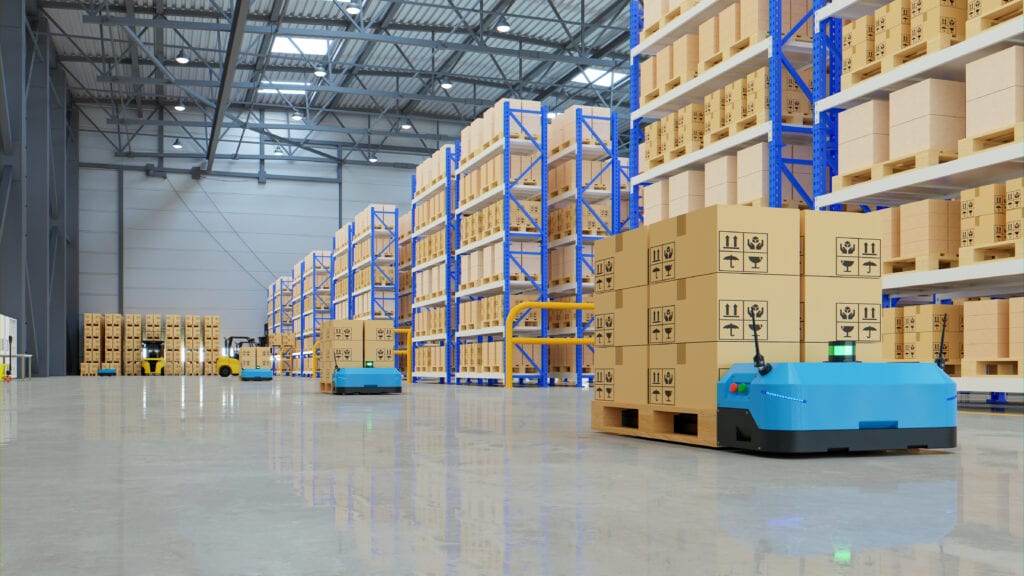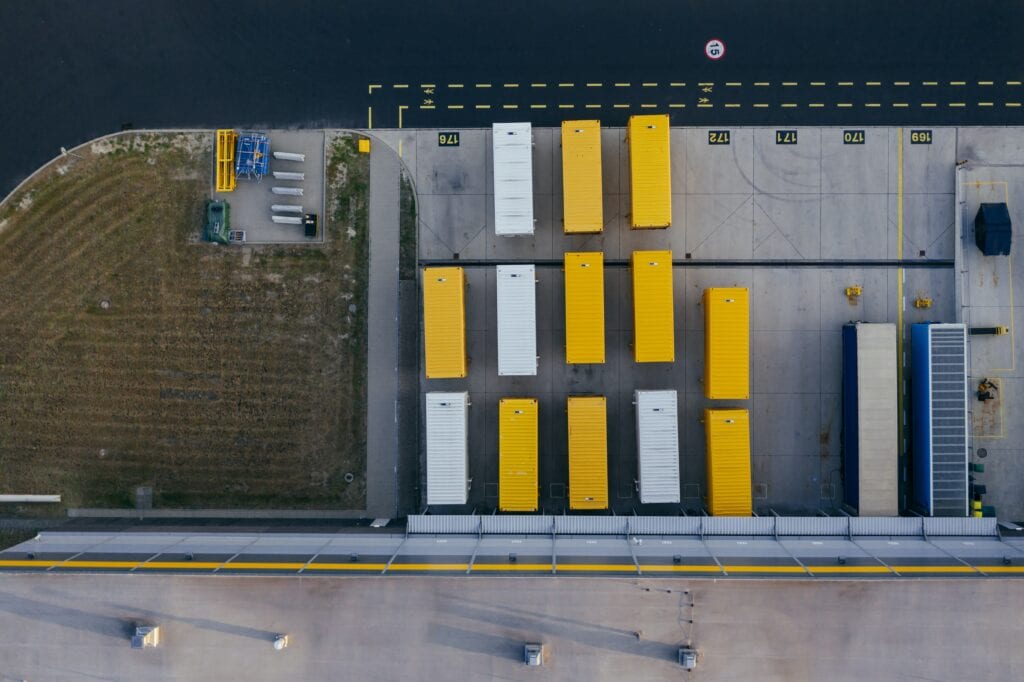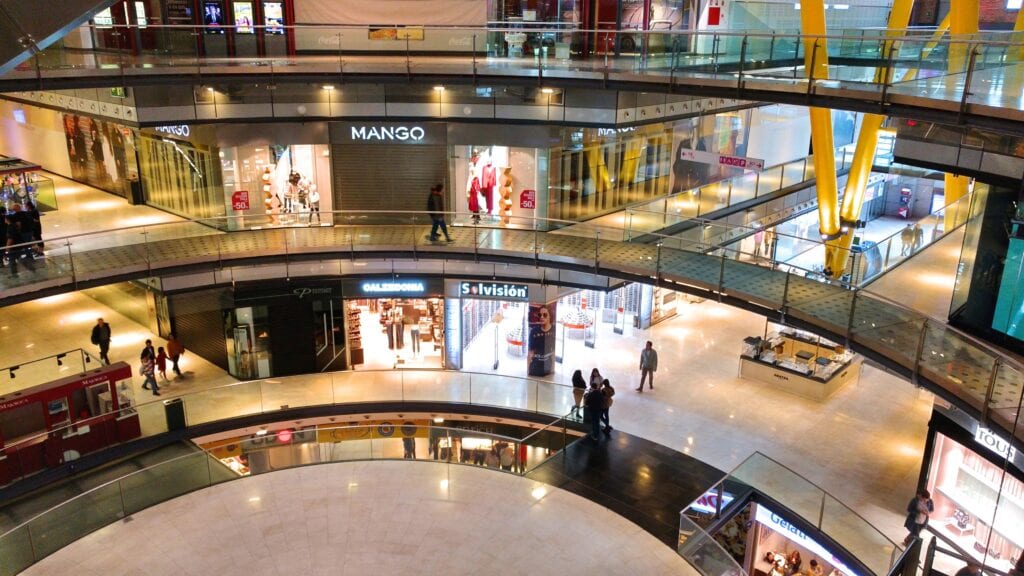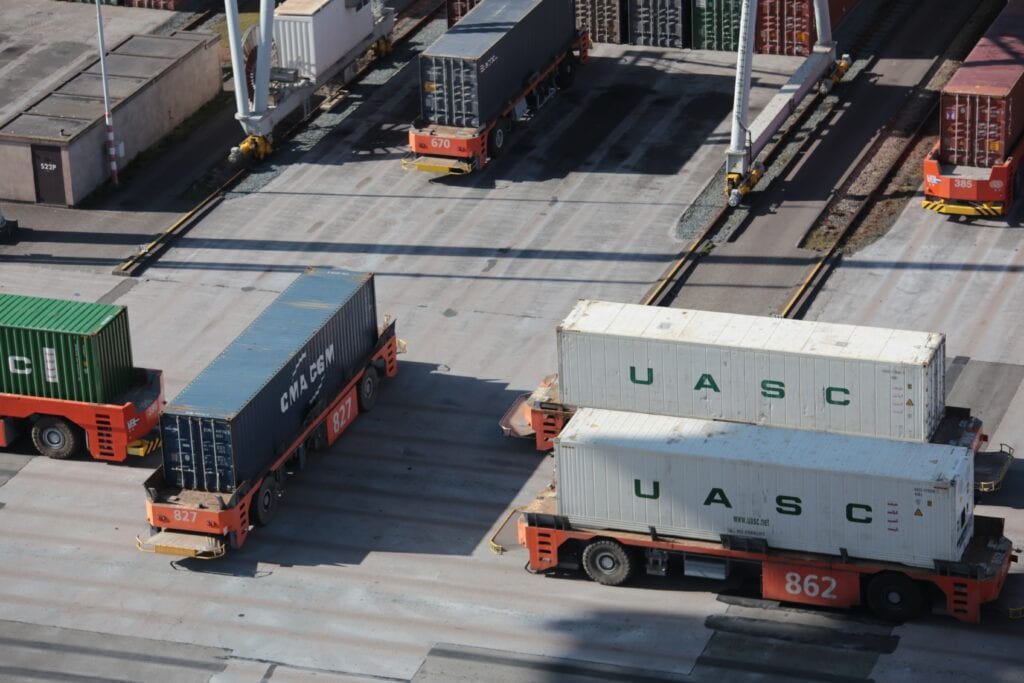Distribution is the process of transporting and storing a commodity from the producer stage of the supply chain to the consumer stage. Distribution occurs between each pair of supply chain points. The movement of raw materials and parts occurs between suppliers and manufacturers, while the movement of finished goods occurs between the manufacturer and the end customer. Distribution is a critical indicator of a firm’s overall profitability because it directly impacts both supply chain costs and consumer value. Distribution, for example, accounts for approximately 35% of revenue in the retail clothing industry. In India, the cost of cement’s outbound distribution is around 30% of manufacturing and selling it.
It is not hyperbole to assert that two of the world’s most profitable corporations, Walmart and Seven-Eleven Japan, have developed their entire businesses on their distribution design and service strength. Walmart’s distribution model enables the company to provide high levels of selection of reasonably common goods at a low cost. Efficient delivery enables Seven-Eleven Japan to maintain a high degree of customer responsiveness at a fair rate.
The method of developing a distribution network is divided into two distinct stages. The first step visualizes the supply chain network’s broad structure. The second step transforms the large structure into specific locations, their capability, power, and demand allocation. Let’s take a look at three different ways a distribution network can be designed.
1. Manufacturer Storage with Direct Shipping

In this case, the manufacturer ships the commodity directly to the end customer, bypassing the retailer, who takes the order and initiates the delivery. This is also known as dropshipping. The retailer does not maintain inventory. The manufacturer receives information directly from the consumer through the retailer and the manufacturer ships directly to the customer. Dropshipping is a method of delivering products to the end customer used by online retailers such as eBags and Nordstrom.com. eBags maintains a small inventory of luggage. Nordstrom stocks certain items and dropships others, such as slow-moving footwear. W.W. Grainger also uses Dropshipping to distribute slow-moving items to customers.
The primary benefit of drop-shipping is the manufacturer’s ability to centralize inventory and aggregate demand for all retailers it supports. As a result, the supply chain will maintain a high degree of product availability while maintaining low inventory levels. A critical aspect of dropshipping is the manufacturer’s inventory ownership arrangement. If the manufacturer allocates specific groups of inventory to individual retailers, there is no value of aggregation even if the inventory is physically aggregated. Aggregation benefits are realized only when the manufacturer is able to transfer at least a portion of available inventory to retailers on an as-needed basis. Centralization is most beneficial for high-value, low-demand goods with volatile demand. Nordstrom’s decision to dropship low-demand shoes meets these conditions. Similarly, the bags sold by eBags are usually of high value but have a low demand per SKU. For goods with stable demand and low value, the inventory benefits of aggregation are minimal. As a result, dropshipping would not provide a major inventory benefit to an online retailer selling a commodity such as detergent. When dropshipping is used instead of storing goods in retail stores, inventory turns can increase by a factor of six or more.
When supply chains use dropshipping, they save on fixed costs associated with warehouses since all inventories are centralized at the manufacturer. This removes the need for additional supply chain warehousing space. There may also be some cost savings associated with handling, as the manufacturer-to-retailer transition is eliminated. However, handling cost savings must be carefully analyzed, as the manufacturer is now expected to move goods to the factory warehouse in complete cases and then ship them out in single units from the warehouse. The inability of a manufacturer to develop capabilities for single unit delivery can have a major negative impact on handling costs and response time. Costs associated with handling will be greatly decreased if the manufacturer can ship orders directly from the manufacturing line.
An effective information system is required between retailers and manufacturers to allow retailers to provide product availability information to customers even when the inventory is located at the manufacturer. The customer should also have insight into the manufacturer’s order processing, even though the order is put through the retailer. In general, dropshipping necessitates a major investment in information infrastructure.
2. Distributor Storage with Carrier Delivery

Under this model, inventory is maintained not by manufacturers at their factories but by distributors/retailers in intermediate warehouses. Goods are transported from the intermediate location to the final customer by package carriers. Compared to manufacturer storage, distributor storage necessitates a higher level of inventory due to the lack of aggregation. Distributor storage makes sense from a resource management perspective for high-demand goods. Both Amazon and W.W. Grainger demonstrate this in their operations. They stock their warehouses with only high-volume goods, with low-volume items being stored further upstream.
Transportation costs are significantly lower for distributor storage than for manufacturer storage because an economically viable mode of transportation (e.g., truckloads) can be used to move inbound shipments to the warehouse located closer to the customer. Unlike manufacturer storage, which could require multiple shipments to fulfil a single customer order containing multiple items, distributor storage enables outbound customer orders to be packed into a single shipment, further minimizing shipping costs. In comparison to manufacturer storage, distributor storage saves money on the shipping of faster-moving goods.
Warehousing Storage costs for distributors are substantially higher than those for manufacturers. Processing and handling costs are significantly less at a distributor node than at a manufacturing line.
Distributor storage needs a substantially less sophisticated information system than manufacturer storage does. The distributor warehouse acts as a bridge between the consumer and manufacturer, eliminating the need for full coordination between the two.
3. Retail Storage with Customer Pickup

Inventory is processed locally at retail locations in this option, which is often considered as the most conventional form of supply chain. Customers may either walk into a retail location or place an order online or over the phone and pick it up at the retail location. Walmart and Tesco are two examples of businesses that provide multiple order placement options. Customers may either step into the store or place an order online in either case. W.W. Grainger is a B2B example where customers can place orders online, by phone, or in-person and then pick them up at one of W.W. Grainger’s retail locations.
Due to the lack of aggregation, local storage raises inventory costs. However, even with local storage, there is only a slight rise in inventory costs for fast-moving goods. Walmart maintains local storage for its high-volume items while providing a broader selection of products from a central location for in-store pickup. Transportation costs are significantly lower than with alternative options since low-cost modes of transport can be used to replenish inventory at the retail store. Facility costs are high due to the need for numerous local facilities. If customers come into the store and place orders, only a minimal information infrastructure is needed. However, for online orders, a sizable information system is needed to maintain the visibility of the order before the customer picks it up.
It is possible to achieve fast response times when inventory is held at retail stores. Tesco and W.W. Grainger, for example, also deliver same-day delivery at their retail locations. To have a high degree of product availability, it is more expensive than all other alternatives. This option has the longest time to market since the new product must pass through the entire supply chain before being made available to consumers. When customers place orders online or over the phone, order visibility is critical for customer pickups. Returns are accepted at the pickup location. Returnability is generally very good when using this option.
Related posts
- Distribution Channels: Types, Methods & Best Practices
- CIF vs FOB: 6 Key Differences
- Top 8 Technologies Shaping The Future Of Logistics
- Navigate Supply Chain Disruptions With Digitalization
- How Can Technology Improve Last-Mile Delivery?
- 7 Major Challenges Of Last-mile Delivery
- First-Mile Delivery vs Last-Mile Delivery
- What Is First Mile Delivery?
- 7 Latest Freight Forwarding Trends In 2024
- 10 Best Third-Party Logistics (3PL) Companies In Chennai
- 10 Best Third Party Logistics (3PL) Companies In Bangalore [2024]
- Top 10 Ocean Freight Forwarders In India
- Guide To 3PL In Reverse Logistics
